OLED monitors have become a lot cheaper than before, and with burn-in warranties and more advanced panels, it might seem like a great time to upgrade to an OLED monitor. I'm not entirely convinced, however, and have decided to upgrade from my IPS LED monitor to a Mini-LED monitor instead. Mini-LED monitors might not offer per-pixel lighting like OLEDs, but they offer a significant upgrade over LED models without the kind of investment demanded by OLED monitors. And they don't suffer from burn-in or annoying brightness limiters, either.
4 Mini-LED provides most of the OLED experience
A big upgrade over my LED monitor
It's not like my existing monitor isn't cutting it anymore. My 27" 1440p 144Hz monitor was one of the best-reviewed IPS displays of its time, and even five years later, I can game on it just fine. The reasons I'm looking at an upgrade are a lack of decent HDR, a poor contrast ratio, and a refresh rate that I now find limiting. Jumping to OLED is the obvious step, but I feel a Mini-LED monitor is the upgrade I need to target.
Mini-LED monitors feature significantly smaller LEDs as part of the backlight, which allows them to deliver a more precise image. The brightness, contrast, colors, and black levels are all better when compared to standard LED monitors. They aren't at the level of OLED monitors yet, but I'm looking at a big jump from my LED monitor anyway. Even the affordable Mini-LED monitors in my region come with 1152 dimming zones, 4K resolution, and a 160Hz refresh rate.
The refresh rate on these models might essentially be the same as what I have right now, but the high brightness and contrast are bound to provide a great HDR experience.
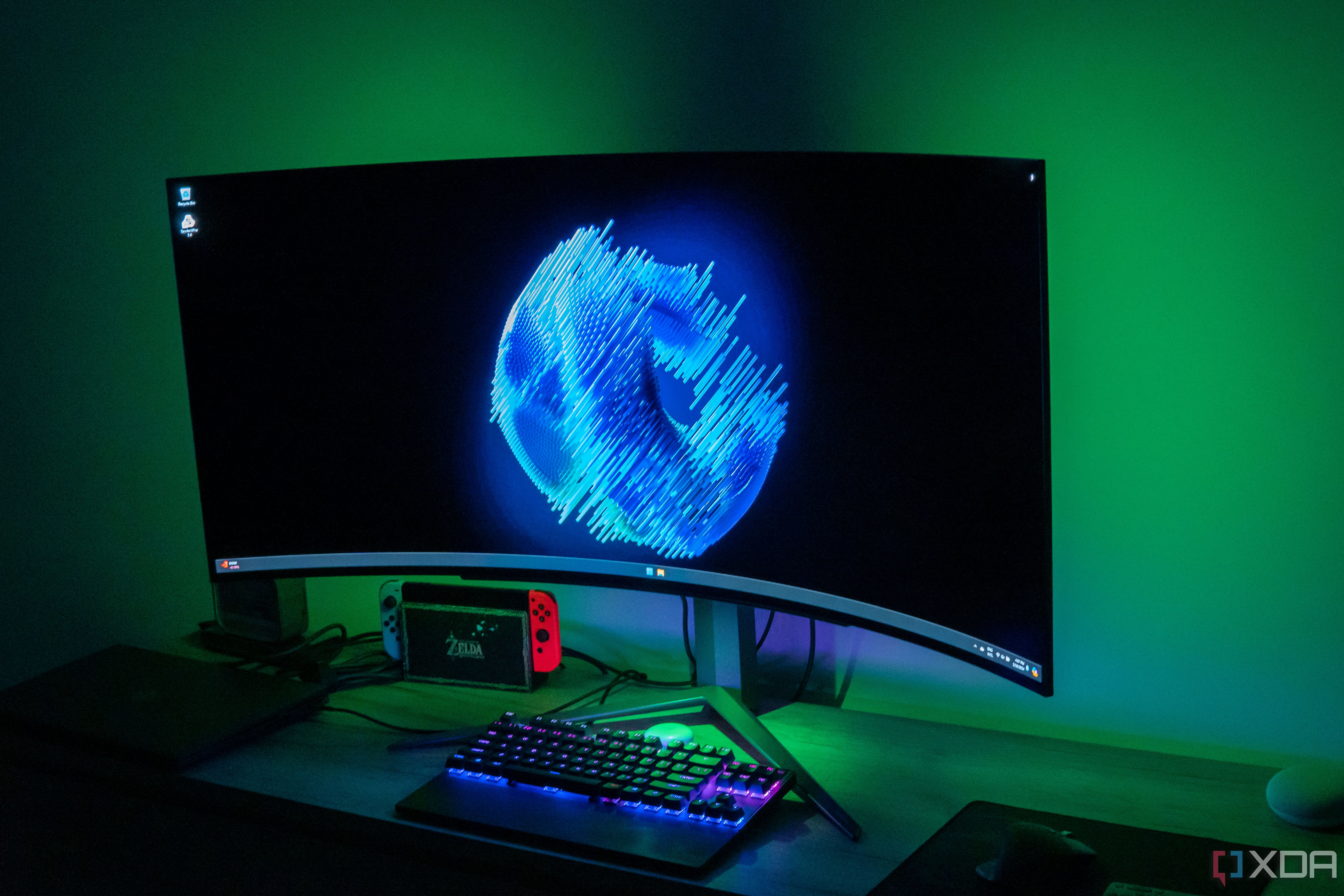
Related
4 reasons I'm giving up on OLED and buying a mini-LED monitor instead
Mini-LED monitors have gotten to a point where I can safely delay my OLED monitor upgrade for a few more years
3 They don't suffer from inevitable burn-in
I'm not comfortable with degrading pixels
Burn-in is an inescapable reality of OLED monitors. You can delay burn-in on your OLED display, replace your unit if it's within warranty, but every OLED panel will eventually suffer from burn-in. And I'm someone who works around 8 hours a day writing articles, which means there are a lot of static elements on the screen for that time. On top of that, an OLED monitor demands excessive maintenance if you want to extend its lifespan. I don't want to deal with that after spending a ton on a monitor.
In contrast, a Mini-LED monitor doesn't suffer from degrading pixels, nor does it harass you by running pixel refresh cycles every now and then. Many Mini-LED monitors can be expensive, but at least I won't have to deal with poor longevity after spending that money. OLED monitors aren't just prone to burn-in; they also suffer from poor text clarity, something which isn't present on Mini-LED monitors.
2 Brightness isn't an issue on Mini-LEDs
Why should I compromise on a key feature?
One of the biggest concerns I have with buying an OLED monitor is the poor full-screen brightness. The brightness limiters on OLED displays can strike at the worst moments, ruining the experience and breaking immersion. Even today's advanced OLED monitors haven't eliminated this problem, and people who've switched to OLEDs recently continue to point that out.
Mini-LED monitors often boast the same peak brightness numbers as OLED monitors, but don't have those annoying brightness limiters. With a Mini-LED panel, I can enjoy all the nits that I've paid for without worrying about the health of the panel. OLED monitors also suffer from reduced brightness over time, as the pixels continue to degrade. Even running the intensive pixel maintenance cycle (not pixel refresh) can lower the brightness levels, which is why you should do it rarely.
1 Mini-LED prices are much more palatable
I don't want to drop $800 on a new monitor
Finally, Mini-LED monitors are available for far cheaper than most OLED options. I know $1,000 Mini-LED monitors exist, but you don't have to spend that much to get a good panel. You can get $500 Mini-LED monitors with 1152 dimming zones, 1000-nit peak brightness, 4K resolution, and 160Hz-320Hz refresh rates. Even cheaper Mini-LED monitors are available, but they'll often sacrifice one metric or the other.
On the other hand, OLED monitors in my region are all priced over $700. And the really great models are easily much more expensive. For now, I'm not willing to spend that much on a new monitor. Mini-LED monitors are more affordable, free from burn-in, can get brighter, and still provide great contrast and HDR. I might move from a Mini-LED to an OLED in a few years, but till then, I want to enjoy a display that I haven't spent a bomb on.
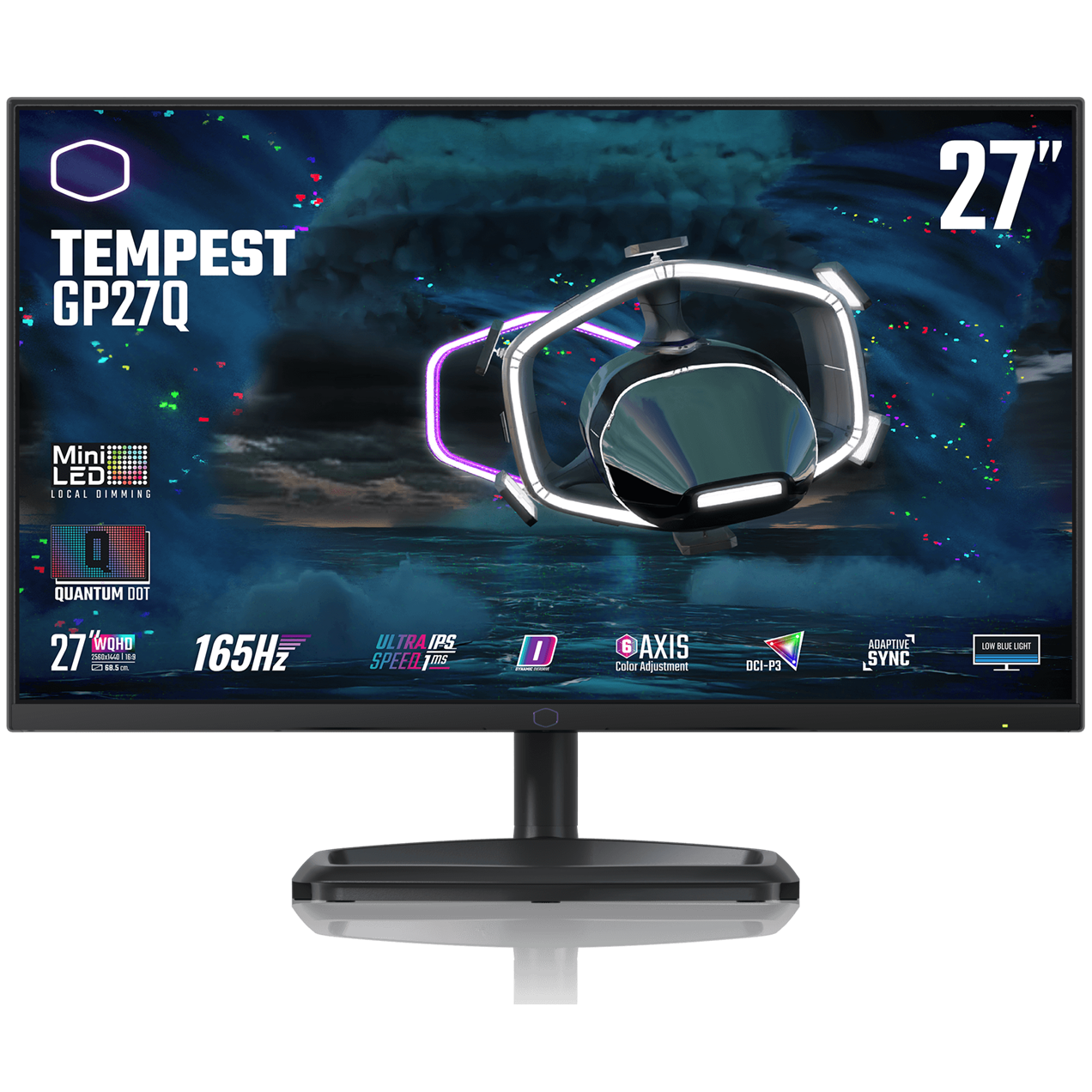
The Cooler Master Tempest GP27Q is a relatively affordable 27-inch Mini-LED monitor with excellent AdobeRGB and DCI-P3 color reproduction. It has a 160Hz refresh rate, 1ms response time, and 576-zone local dimming to make your games look great, but it can also handle creative work.
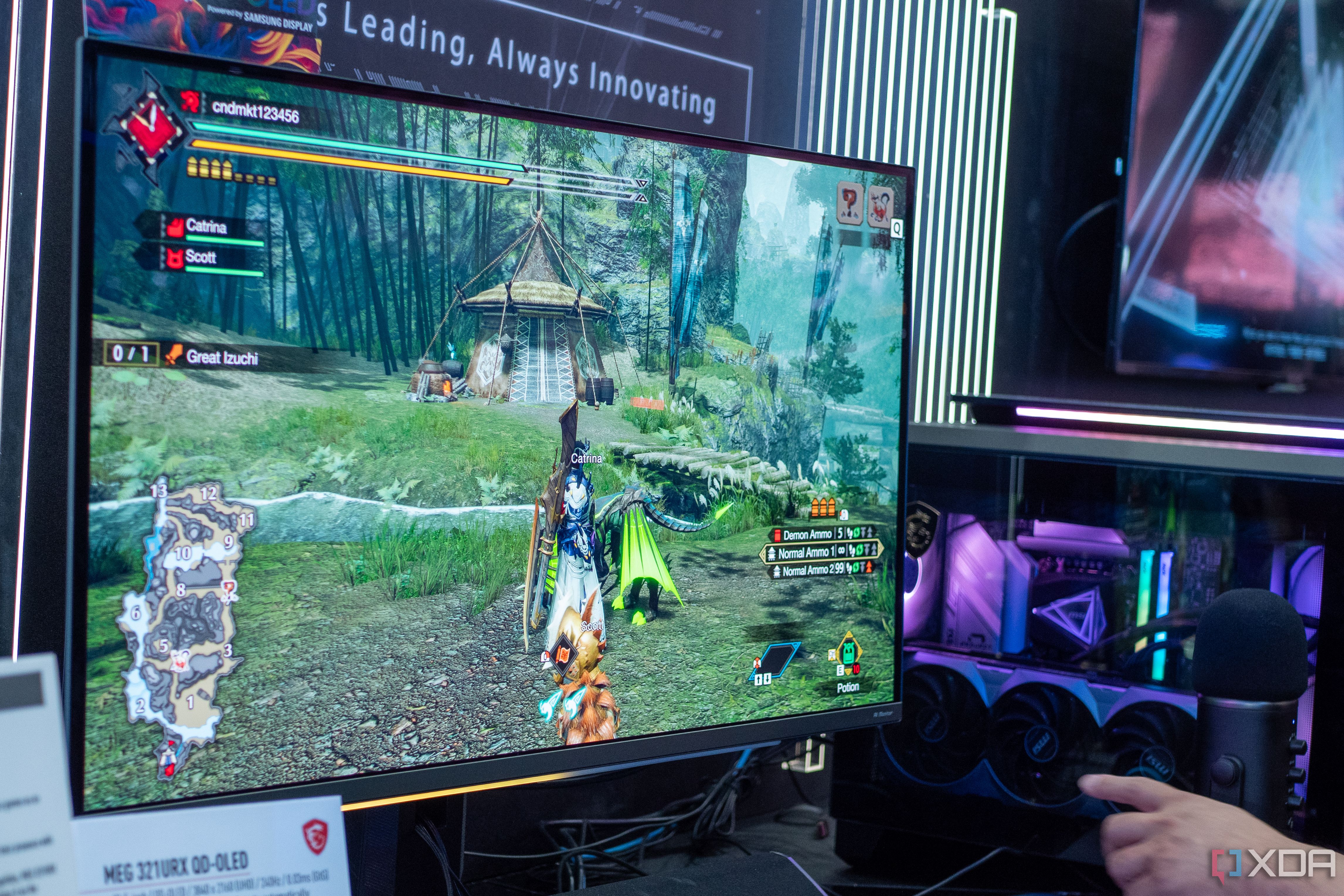
Related
4 differences between OLED and QD-OLED
New monitor technology can cause confusion, so here's a breakdown of the main differences between OLED and QD-OLED display technology.
It's not the time for OLED, at least for me
OLED gaming monitors might offer the best gaming experience right now, but they haven't gotten as affordable as I hoped they would, at least in my country. Besides, the risk of burn-in, excessive maintenance requirements, poor full-screen brightness, and annoying artifacts around text are too many reasons to avoid them. Mini-LED monitors offer most of the OLED experience at an affordable price, and don't suffer from degrading pixels. They can also get brighter and don't require any "pixel refresh" cycles.
.png)
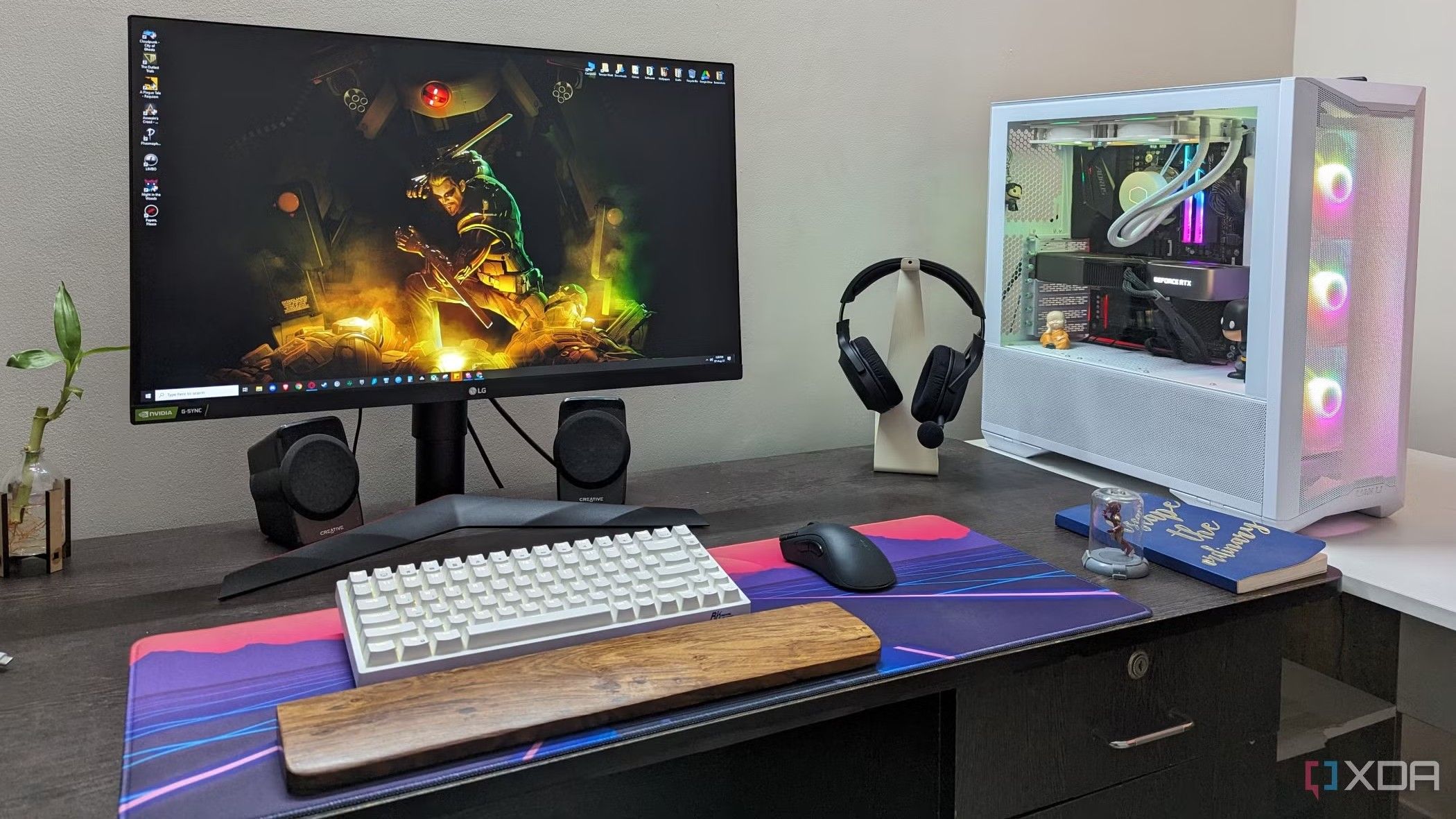
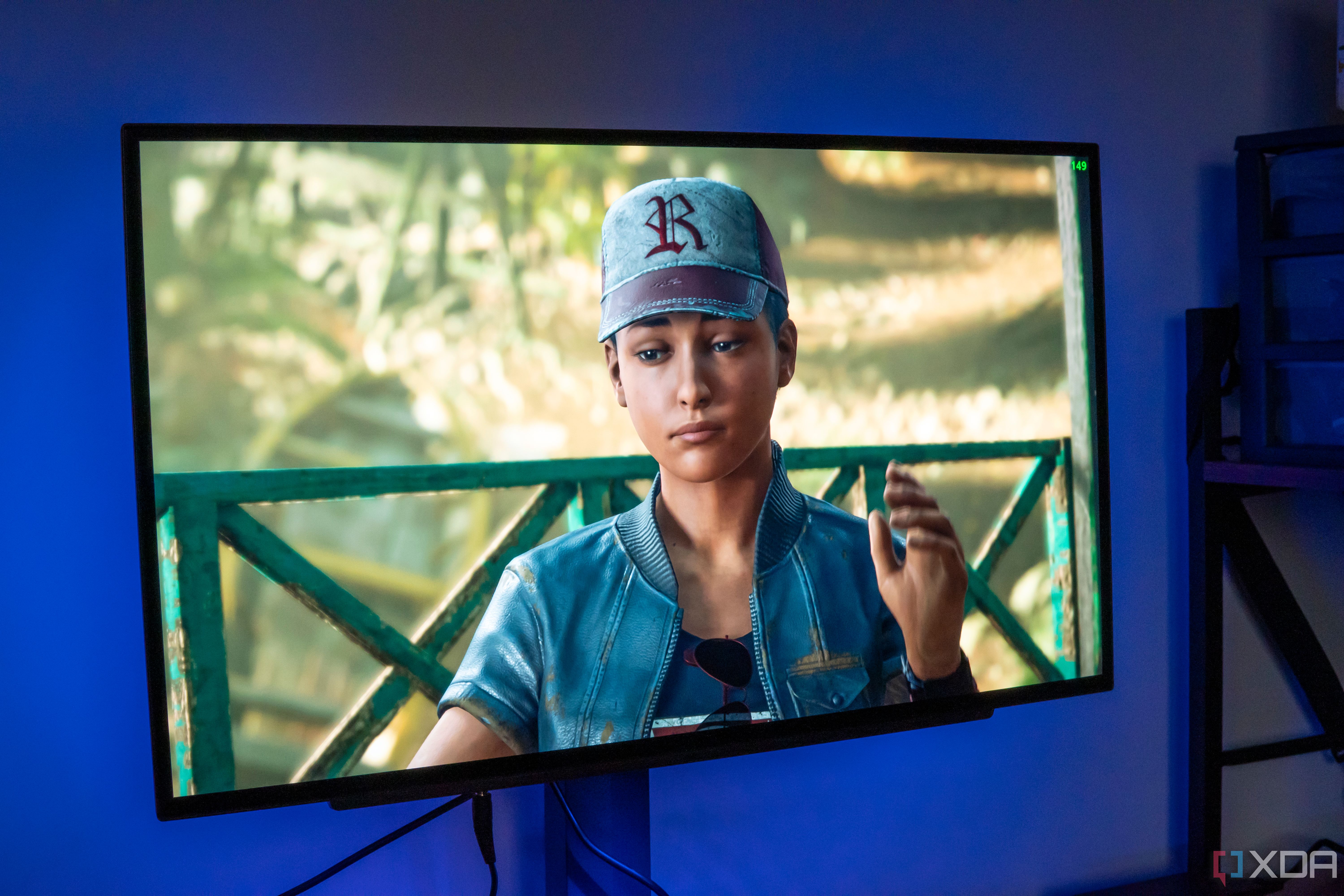
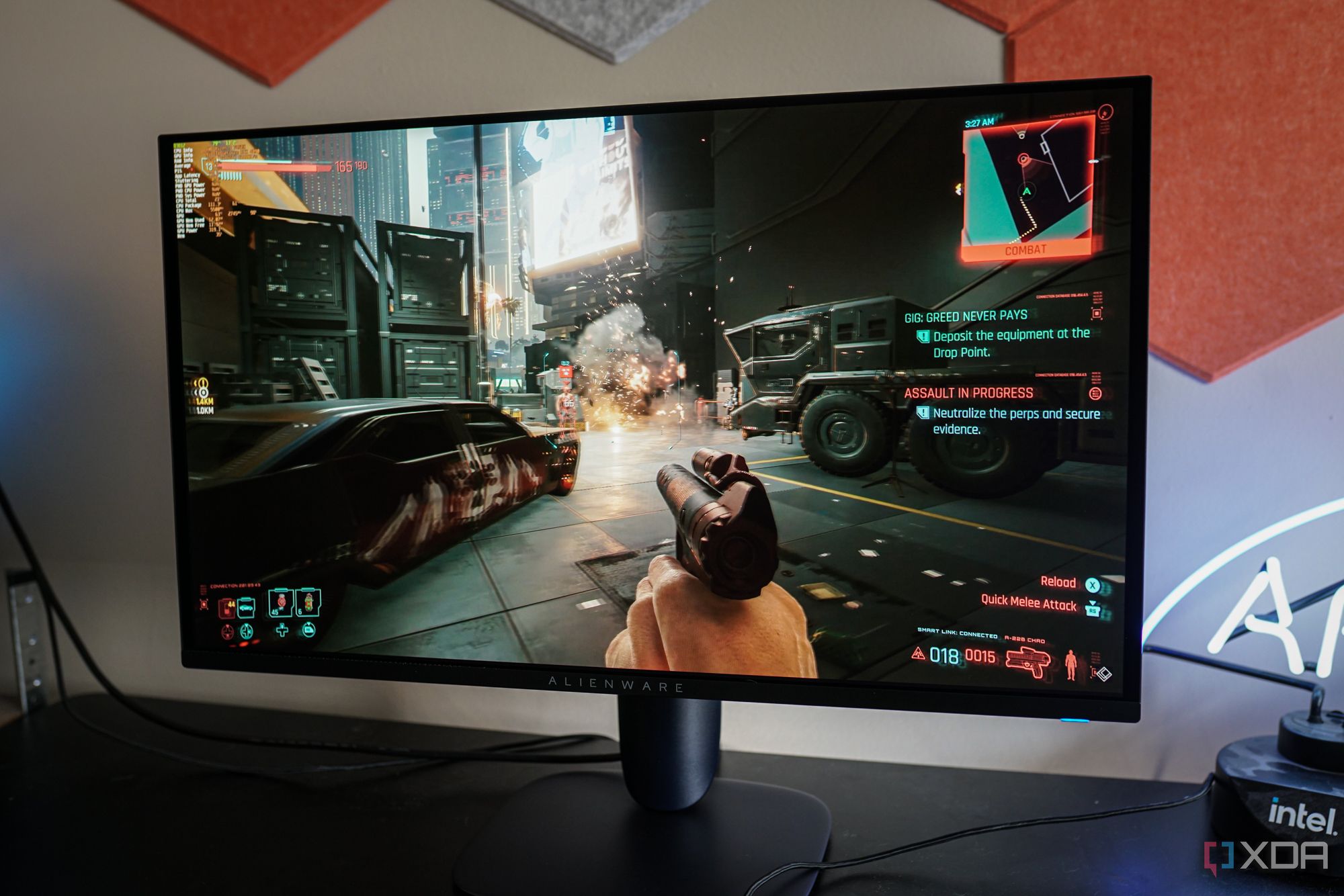




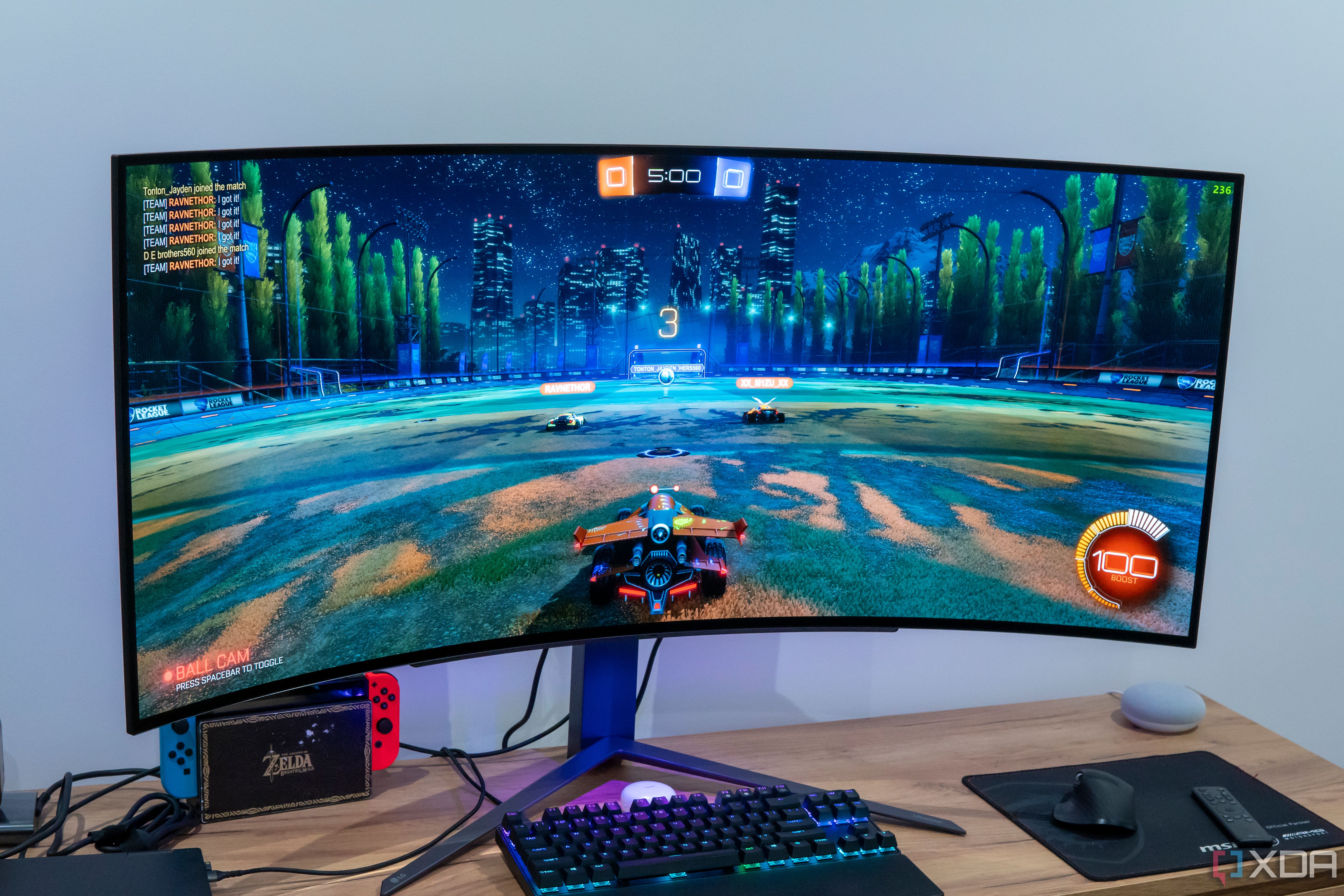
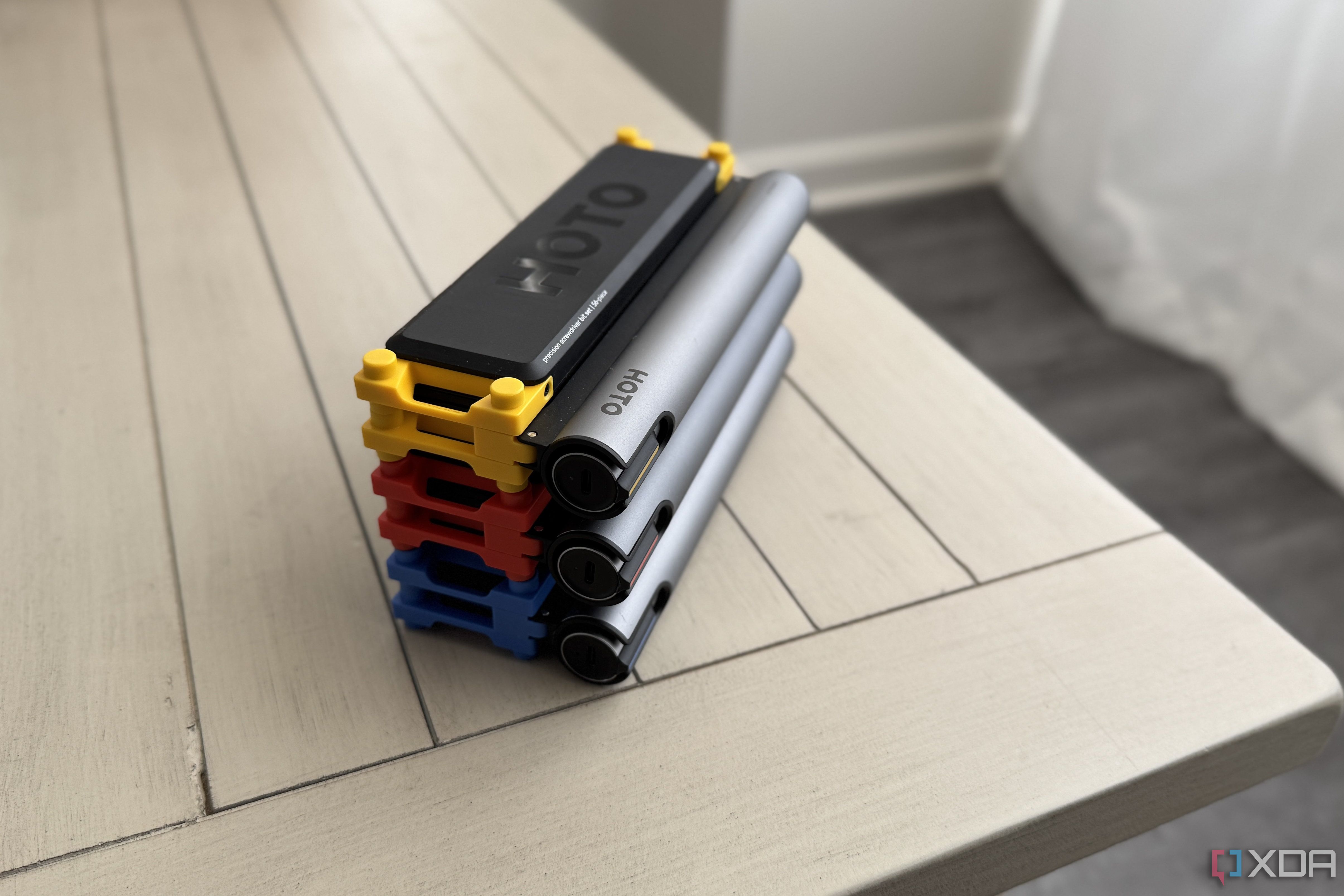





 English (US) ·
English (US) ·